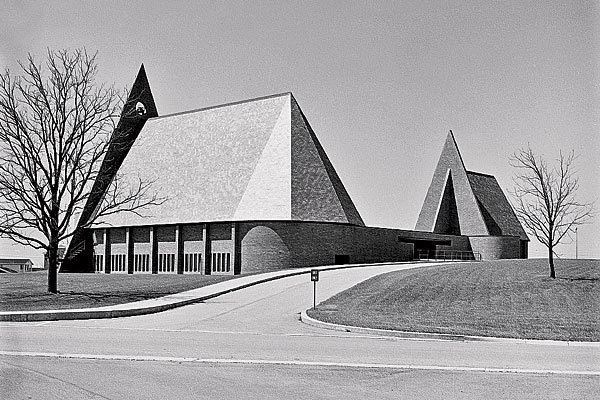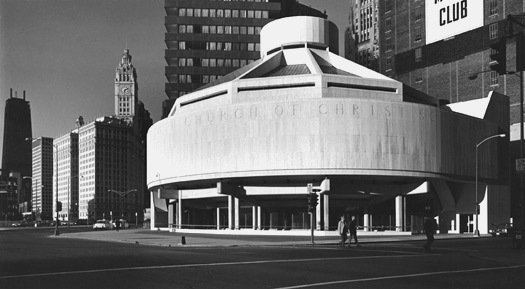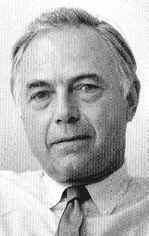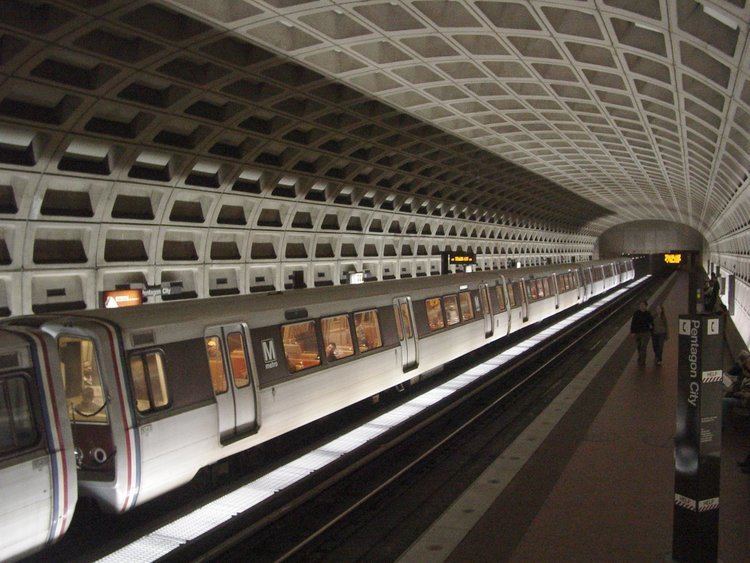Nationality American Role Architect Name Harry Weese | Occupation Architect Siblings Ben Weese | |
 | ||
Buildings Arena StageTime-Life BuildingThe United States embassy in Accra, Ghana Structures Metropolitan Correctional Center - C, First Baptist Church, Time‑Life Building, Chazen Museum of Art, Chinatown Square | ||
Space a video tour of harry weese s nautical river cottages in chicago
Harry Mohr Weese (June 30, 1915 – October 29, 1998) was an American architect, born in Evanston, Illinois in the Chicago suburbs, who had an important role in 20th century modernism and historic preservation. His brother, Ben Weese, is also a renowned architect.
Contents
- Space a video tour of harry weese s nautical river cottages in chicago
- Harry weese repurposed building 20150627 112145
- Early life and education
- Career
- Personal life
- Legacy
- Works
- References

Harry weese repurposed building 20150627 112145
Early life and education

Harry Mohr Weese was born on June 30, 1915 in Evanston, Illinois as the first son of Harry E. and Marjorie Weese. His father was an Episcopalian, and his mother was a Presbyterian. In 1919, the family moved to a house in Kenilworth, Illinois, where Harry would be raised. Weese was enrolled in the progressive Joseph Sears School in 1919. By 1925, Weese decided that he wanted to be either an artist or an architect.

After graduating from New Trier High School, Weese enrolled at the Massachusetts Institute of Technology in 1933 to pursue a Bachelor in Architecture. Weese also took architecture classes at Yale University starting in 1936. Weese studied under Alvar Aalto at MIT and fraternized with classmates I.M. Pei and Eero Saarinen. As his schooling was at the height of the Great Depression, Weese eschewed studying the expensive historical revivals in favor of more affordable modern styles. In the summer of 1937, Weese toured northern Europe on a bicycle, fostering his appreciation for the modernist movement.

Upon his return to the United States, Weese was offered a fellowship at the Cranbrook Academy of Art (sometimes called the "Scandinavian Bauhaus") through Eero Saarinen, whose father Eliel oversaw the school. There, he studied city planning, potter, and textiles while learning more about Modernist principles. He worked alongside other emerging Modernist designers such as Ralph Rapson, Florence Knoll, and Charles Eames.
Career
Weese formed an architectural partnership in Chicago with classmate Benjamin Baldwin upon their graduation in 1940. He would later marry Baldwin's sister, Kitty. Following the brief partnership, Weese joined the firm of Skidmore, Owings and Merrill (SOM). Soon after joining, however, Weese enlisted as an engineering officer in the United States Navy for World War II. Weese moved back to Chicago after the war in 1945 and rejoined SOM.
In 1947, Weese started his independent design firm, Harry Weese Associates. His first commissions, such as the Robert and Suzanne Drucker House in Wilmette, Illinois, were houses for family members and close associates. By the late 1950s, Weese began to receive major commissions. Although he continued to plan houses, Weese also built civic projects such as the Metropolitan Correctional Center in Chicago.
The Washington Metro in the District of Columbia helped Weese become the foremost designer of rail systems during the peak of his career. He subsequently was commissioned to oversee rail projects in Miami, Los Angeles, Dallas, and Buffalo. He was named a Fellow of the American Institute of Architects in 1961 and received the Arnold W. Brunner Memorial Prize from the National Institute of Arts and Letters in 1964.
Weese was also well known for his firm advocacy of historic preservation and was remembered as the architect who "shaped Chicago’s skyline and the way the city thought about everything from the lakefront to its treasure-trove of historical buildings". He led the restoration of Adler & Sullivan's Auditorium Building, and Daniel Burnham's Field Museum of Natural History and Orchestra Hall. Harry Weese & Associates received the Architecture Firm Award from the American Institute of Architects (AIA) in 1978. Weese also served as a judge for the Vietnam Veterans Memorial design competition, and helped defend fledgling architect Maya Lin's unconventional design against her critics.
From the mid-1980s, Weese drank heavily and his reputation faded; he died after years of going in and out of alcohol rehabilitation and a series of disabling strokes.
Personal life
Weese's parents were Protestant Christians, but he himself was nonreligious. While being interviewed by the building committee of the Seventeenth Church of Christ, Scientist in Chicago, when asked of his religious views, he said, "My father was Episcopalian, my mother Presbyterian, and I’m an architect".
Legacy
In a 1998 obituary, architectural critic Herbert Muschamp wrote that "Mr. Weese designed a systemwide network of stations that rank among the greatest public works of this century", referring to his design of the Washington Metro system. Muschamp noted that the vaulted ceilings at the crossings of subway lines "induce an almost religious sense of awe".
In 2007, the design of the Washington Metro's vaulted-ceiling stations was voted number 106 on the "America's Favorite Architecture" list compiled by the American Institute of Architects (AIA), and was the only brutalist design to win a place among the 150 selected by this public survey. In January 2014, the AIA announced that it would present its Twenty-five Year Award to the Washington Metro system for "an architectural design of enduring significance" that "has stood the test of time by embodying architectural excellence for 25 to 35 years". The announcement cited the key role of Harry Weese, who conceived and implemented a "common design kit-of-parts" which continues to guide the construction of new Metro stations over a quarter-century later.
Works
Weese is best known as the designer and architect of the first group of stations in the Washington Metro system. Other well known works include:
Weese also led numerous restoration projects including:
And 80+ single home and residential buildings including:
